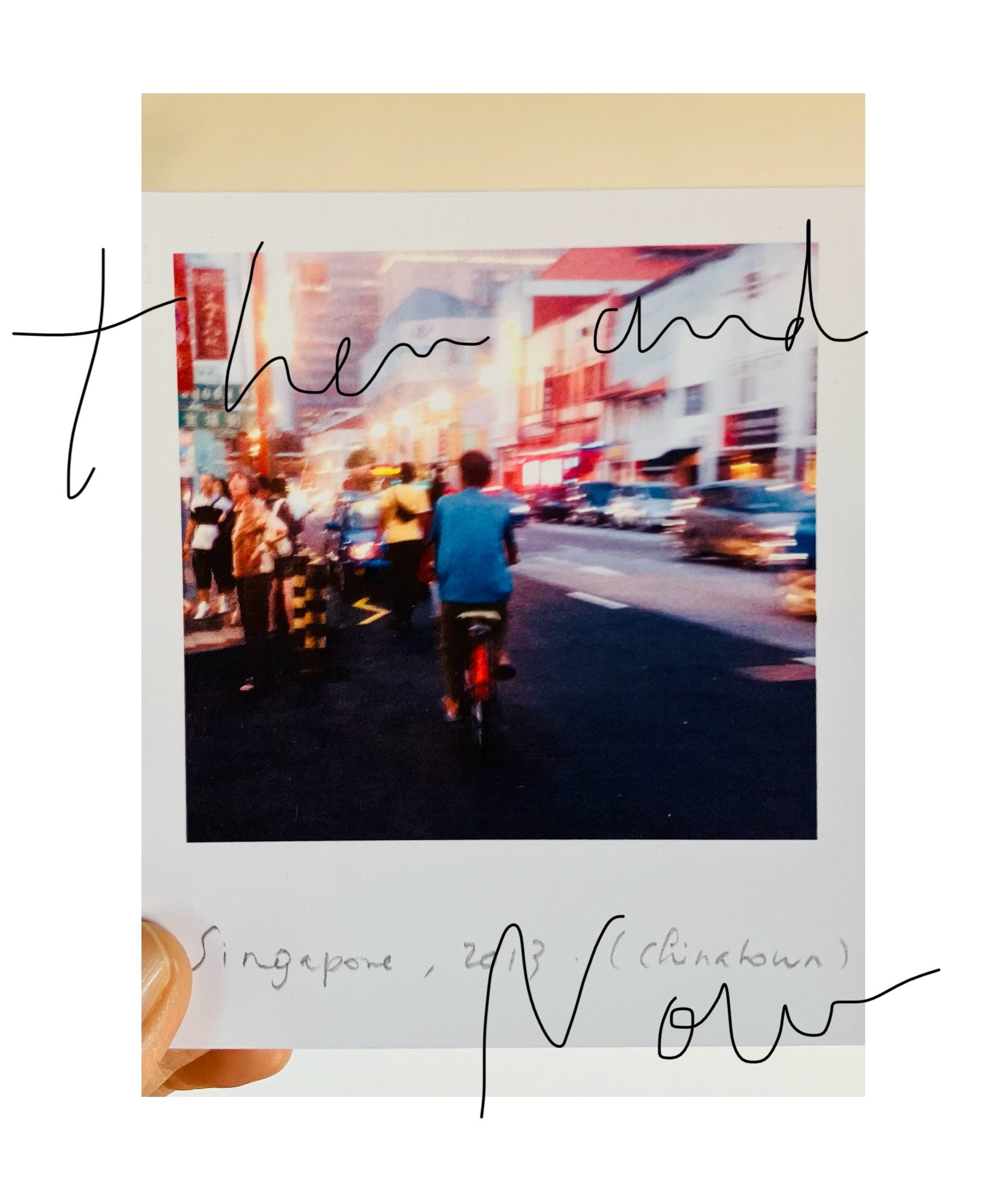Singapore / Perec
“Each chosen place clings to me, they don’t leave me. But from one year to the next, I have to learn to lose them and find them again, forget about what I have said about them, know how to surprise them and surprise myself.”
Before heading to Singapore, I picked up a book by Georges Perec called “Lieux” (locations). Lieux is an unfinished project by Perec which consisted of describing twelve Paris locations over the course of twelve years through both on-site observations and memories. Each piece of writing was sealed in an envelop to prevent the possibility of reading past recordings before the full completion of the project. The project was carried out between 1969 and 1975 and posthumously published in 2022.
The organization of the written memories/observations followed a 12 x 12 table (see below) developed by the mathematician Indra Chakravarti with whom Perec corresponded regularly.
Perec was a chronicler of ordinary moments and unimportant events, “that which is generally not taken note of, that which is not noticed, that which has no importance: what happens when nothing happens other than the weather, people, cars, and clouds.” His 12x12 exercise focused on the relationship between people, their environment, and the passage of time, capturing the qualities of cities in connection to the memories and experiences that we accumulate through them.
I thought of the 12x12 experiment when I arrived in Singapore, a young city with a keen tendency to demolish and rebuild its physical infrastructure. I spent two years living there between 2012-2014, and twelve years since then, it was undeniable that my recollections were missing sections - from wide areas down to the smallest streets, underground passages, elevated walks and bridges. The transformation of familiar corners also played tricks with my mind, making me wonder if what I remembered had ever existed in the first place.
Perhaps it is not important to remember all the places that have been lost. Yet the erasure of actual physical sites removes the tangible possibility of reaching a sense of time passing. Singapore is all about “new-ness”. Most things look new or about to be constructed. As if time had been standing still all these years, always set at the beginning, forever young. Squeezed in-between high-rise towers, some older sites by contrast showed their age, like the rows of shophouses in Little India, or hawker stalls filled with crowds. There, I pictured each person as a vessel carrying their own memories of the city. Singapore where the past is not visible in the urban environment and instead kept in individual minds or virtually online. An intangible tapestry that evolves next to a physical space that will never grow old.






